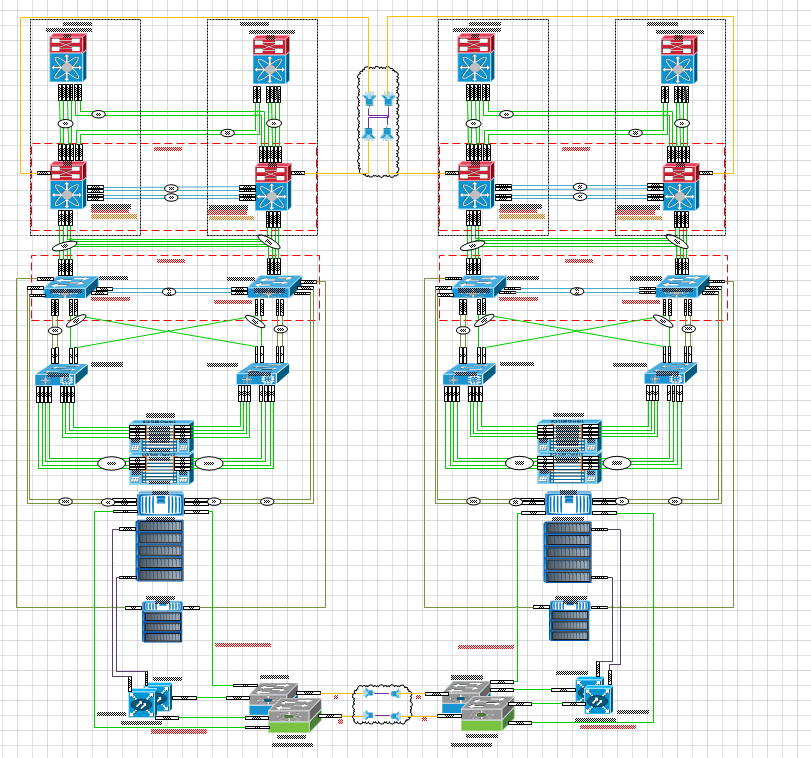Over the past couple of months I’ve been getting more and more into Tech podcasts. I had listened to one or two from time to time but never really kept up with any of them. Since I’ve been taking public transport more and more (as well as getting tired of listening to the same music on Spotify) I’ve been really enjoying passing the time listening to some tuned in tech-heads going into whats new on the market, deep-dive technical discussion and general chit-chat about the state of IT and what lies ahead. Some of the podcasts have been insightful and extremely educational. I’ve gone through a few different podcasts and have settled on the below list as my staple diet. I’m going to review each of the podcasts and highlight what I like about them.
- NetApp Communities Podcast
- Packet Pushers Podcast
- In Tech We Trust Podcast
- Cisco Champion Radio
- ProfessionalVMware – vBrownBag
So, NetApp Communities Podcast. This runs on an almost weekly basis and is primarily hosted by Nick Howell (@datacenterdude) with extra insight coming from Glenn Sizemore (@glnsize) and Pete Flecha (@pedroarrow). I haven’t listened to every single podcast but I believe the format has changed in recent times to be more around a core group of guys and then SMEs for various product teams or vendors join in to discuss some of the offerings of NetApp and it’s partner vendors and also have a look at the general IT landscape. For example, recently after Cloud OnTap was announced at NTAP Insight the chief architect Kevin Hill joined the guys for a discussion of its features, capabilities and how it extended the NetApp portfolio. It gave greater detail as to what Cloud OnTap could achieve which was not necessarily obvious in the released documentation. Another great part of the Communities Podcast is the Recaps that take place at the large vendor conferences such as Insight, VMWorld and TechEd. It’s not always possible to stay on top of all the events out there and the amount of information and news that gets produced by these events so it’s great to have a digestible, bite-sized nugget that can be consumed quickly and means you can keep up to date with the latest announcement.
There’s a great dynamic between the presenters and one of the things I really like is the complete lack of ego this guys have. I’ve listened to a number of podcasts where the speakers have some sort of God complex and there’s a bit of a pissing contest not only between the presenters but also between the various vendors. There’s no attacking vendors in this podcast and that another thing I really like. There’s a definite focus on NetApp products and services and the guys do a great job providing in-depth details of these as well as highlighting the positioning of the products. But there is no attacking other vendors. It’s about highlighting what’s good about NetApp and its integration into other products/vendors, and that’s it. Don’t get me wrong, there’s quite a bit of ‘NetApp are great’ moments but I getting the feeling its more out the pride these guys have in their jobs and in the company they work for. There’s an obvious love affair here between NetApp and its employees. These guys sound happy and sound like they love their jobs and it really shows.
The production quality of the podcast is top-class. Even at the Recap events which are sometimes recorded live on the conference floor the quality of the sound recording is good. There is the odd time where isn’t not fantastic but they are few and far between. On the whole it’s a great recording and rarely do you have to suffer through listening to someone talking inside a tin-can.
This is a great podcast for anyone interested in NetApp and a good one for anyone that’s not. Give it a try on whatever podcast app you use or you can access them over on datacenterdude podcasts



